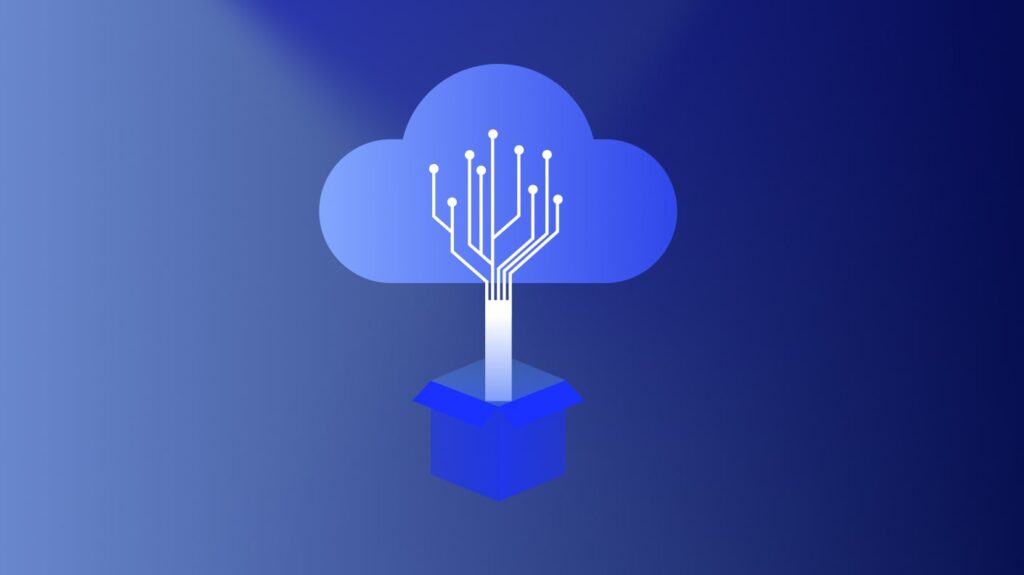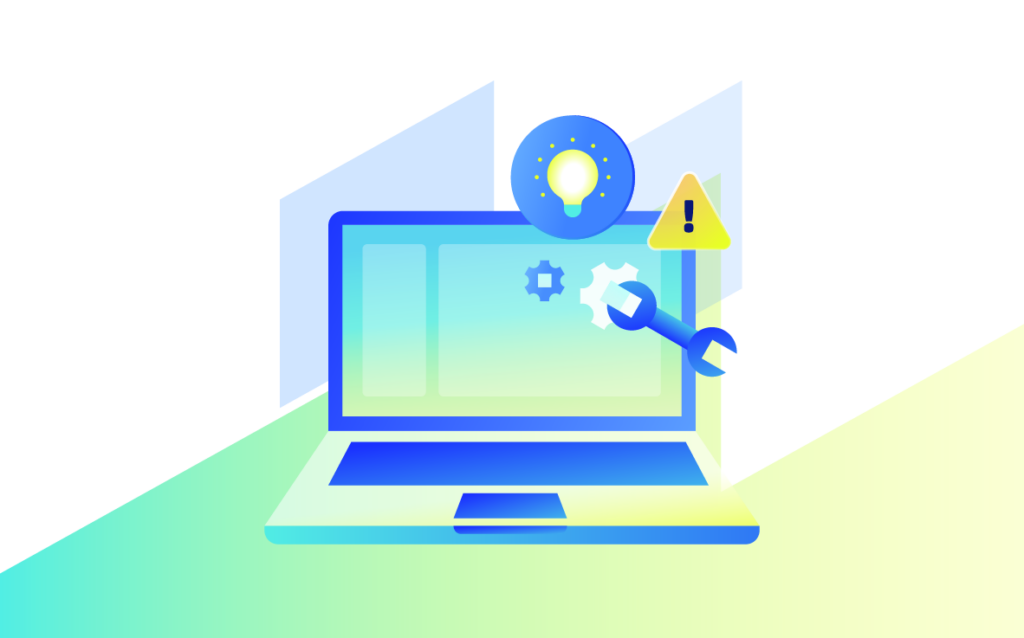Legacy systems can cost millions
Did you know that nearly 15% of IT budgets go towards maintaining legacy systems? Recent data suggests that these systems cost hundreds of millions annually to operate and maintain. For that reason, many companies continue to invest in moving their systems away from expensive on-premises to the cloud, where maintenance is more cost-effective and consistent thanks to modern monitoring capabilities.
To make an informed decision about modernizing your legacy applications, it’s important to consider the problem you’re trying to attack. Consider some of the implications of using legacy systems when everything is moving at the speed of the cloud:
- It’s expensive to host on-prem
- On-premises alone isn’t scalable or cost efficient
- They’re expensive to maintain due to out-of-date technology
- Legacy tools require more skills and consistent hygiene to use and maintain efficiently
Which companies should modernize their infrastructure?
Modernization does not just apply to massive companies. From the U.S. military to start-ups, modernization is the key to process improvement. With advances in machine learning and AI, data-driven systems are speeding up processes everywhere and in every field. Often, legacy systems require IT skills that many IT techs don’t have, which become expensive to track down. Legacy tools also limit extensibility, lack diverse ecosystem integrations, and hinder growth due to lack of visibility from multiple point products.
Leaders must find effective ways to modernize their legacy systems, which can lead to more innovation, efficient processes, and better business outcomes. Modernization can remove obstacles that prevent growth, and it can even mean keeping the company safe. Many IT leaders are concerned with scaling and security, which legacy systems can stifle.
Evaluate with intention
Consider technology, architecture, and functionality: these are anchored within the heart of the business, whether fit, valuable, or agile. If your legacy systems aren’t communicating with business needs – future or current – they can become a liability.
What are your specific business goals? Identify how modernization impacts revenue, market share, and customer experience. Where is the current system underperforming? What are its strengths and weaknesses? Knowing the answers to these questions are crucial when creating your ideal roadmap for modernization, and it can help you prioritize changes and integrations.
Furthermore, consider whether your legacy systems cost too much to operate. As competitors continue to modernize, they can significantly speed up their processes, scale effortlessly, and do all of this in a safe and secure environment. If this becomes a concern, it’s likely time to modernize.
Consider the future
Once you’ve looked into what needs to be upgraded, there’s a basic scale that is similar to a risk-reward scenario. This can be applied as you figure out what works, and more importantly, what doesn’t work.
Consider these steps when it comes to evaluating a legacy system:
- Dive in: Check out application features by summarizing data and functions, making them available as services via API.
- Rehost: Redeploy the application to the infrastructure (physical, virtual, or cloud) without modifying code, features, or function.
- Migrate: Move to a new platform, making minimal code changes, but not to the structure, features, or function.
- Reshape: Optimize existing code to remove technical debt and improve anything that exists without purpose.
- Rebuild: Shift the code to new application architecture and check if there are better capabilities. Redesign the application while maintaining scope.
- Replace: Eliminate and replace the former application, considering new requirements and needs.
Why should we care about legacy system modernization moving forward?
If a system is old, the skills required to maintain it become outdated. This makes it difficult to find, train, or retrain talent. Legacy systems are usually on-prem, which is also more costly to maintain. The typically large codebase comes with additional complexities that can require further time and resources to keep running.
Moving to the cloud has many benefits, including faster delivery time, a reduction in the total cost of ownership (TCO), and increased opportunity for innovation. Agility and flexibility become critical as the world goes completely digital. By moving to the cloud, companies reduce resource demand without sacrificing customer expectations and experience. Not to mention, the cost savings can contribute to business growth and a better bottom line.
Many times, legacy software can’t adapt to modern business requirements, which means losing business to competitors who have modernized. If a system is old, there can also be compliance implications, like maintaining regulatory standards such as CCPA, GLBA, and HIPAA.
Whether you’re concerned about customer experience and cybersecurity – or you have apprehensions about the cloud – it’s clear that operating and maintaining legacy systems is costly. As businesses continue to scale digitally, modernizing your monitoring capabilities is essential. Moving to the cloud is not only cost-friendly, but it will help you stay ahead of the competition. If you’re thinking about making changes to your monitoring systems, check out this eBook: How to Modernize Your Approach to Infrastructure Monitoring.
Subscribe to our blog
Get articles like this delivered straight to your inbox








